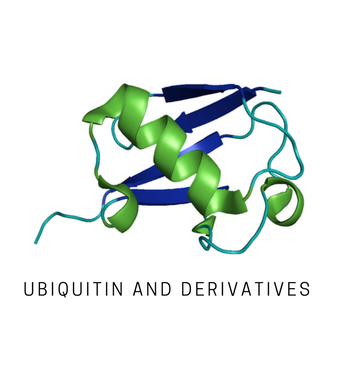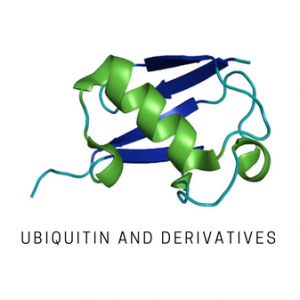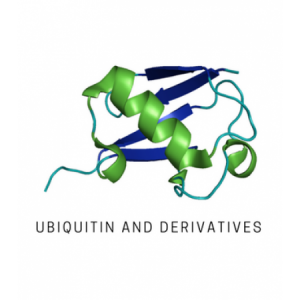Specifications
K48 chains traditionally play a role in proteasomal degradation pathways. These polymeric chains of ubiquitin molecules play critical roles in regulating protein stability, localization, and activity. K48 chains traditionally play a role in proteasomal degradation pathways and have a central role in mitophagy signaling pathways. K48 linkage remains a critical pathway for the cells to maintain homeostasis through proteolytic degradation, and as such remains very intriguing for the study of DUBs that play a role in the degradation, as well as the proteasome itself. K48 Tetra-Ubiquitin is a tetrameric chain of wild-type ubiquitin, wherein ubiquitin monomers are enzymatically linked together via an isopeptide bond between Lysine 48 and the C-terminal Glycine. Once the K48 Tetra Ubiquitin has been formed and phosphorylated it is then biotinylated once on one available site on the ubiquitin chain. This biotin then acts as a means of detection via streptavidin or vidin. The applications are numerous from Western Blots to ELISAs.
| Species | Human |
| Source | E. coli |
| Tag | Biotin |
| Molecular Weight | 35207 Da (depending on degree of phosphorylation) |
| Quantity | Variable |
| Concentration | Variable |
| Formulation | 20 mM Tris pH 7.5, 150 mM NaCl |
| Storage | -80°C, avoid freeze/thaw cycles |




Reviews
There are no reviews yet.